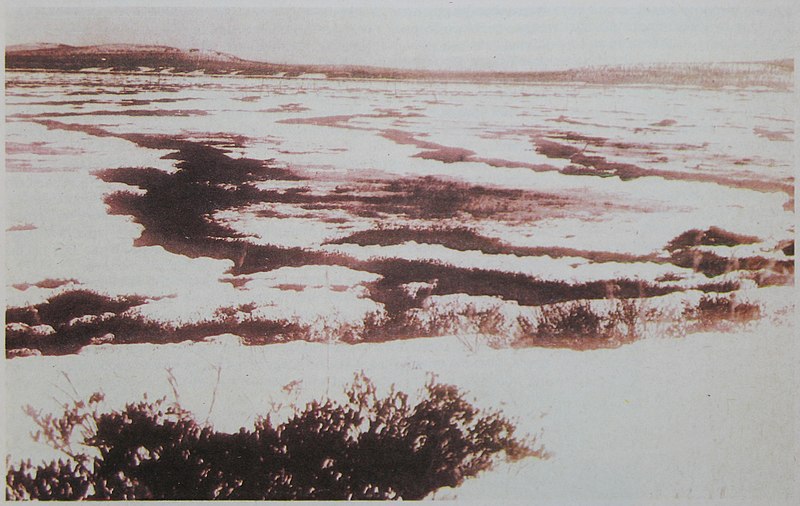
Russian scientists believe that a piece of decorative glass that sat in the bottom of a schoolteacher’s fish tank for the past 35 years might have been a part of the meteor that caused the Tunguska event, a multi-megaton explosion that occurred over Russia’s remote Tunguska region in 1908. If this proves to be true, the sparkling meteorite fragment could hold the key to unraveling the 111-year-old mystery of what caused the massive blast over Siberia.
The meteorite in question was discovered by the husband of schoolteacher Lidiya Korshunova in the early 1980s, while on a hike with friends celebrating his birthday. Korshunova’s husband happened upon the translucent green stone, assuming it to be an artificial piece of glass discarded from one of the mines in the region. Along with another, similar stone, it wound up as a decoration in the family fish tank, where the stones sat for the next 35 years.
After reading the papers of Soviet mineralogist and geochemist Vladimir Vernadsky, Korshunova, herself a historian and geologist, began to suspect that there was more to the translucent stones adorning her fish tank than previously assumed, especially considering that the area where they were found—deep in the taiga on the banks of the Krasnoyarsk region’s Metlyakovka River—was rich in precious stones such as emeralds. Consulting with experts in Moscow, it was discovered that the strange stone wasn’t an emerald, but it was indeed extremely strange.
The material making up the stone was indeed glass, but it was no ordinary industrial slag: once analyzed, the piece was found to be 7.5 times richer in nickel, 6 times in copper, 20 times in zinc, 3 times in cobalt, 3 times in titanium, and had 40 times more chrome than what would be found in ordinary, man-made glass. This finding ruled out the possibility that the glass that made up this stone was artificial in origin.
However, similar compositions have been found in glassy tektites—blobs of glass formed by the heat of meteorite impacts—a connection that has led former chief specialist for the Russian Space Agency, Evgeny Dmitriev, to speculate that the glassy rock might have been an orbital travelling companion of the Tunguska meteor which exploded over Siberia on 30 June 1908. Indeed, much smaller, albeit similar, stones with identical compositions have been found around the epicenter of the Tunguska explosion, a blast that flattened more than 2,000 square kilometers (770 square miles) of taiga, the type of forest that grows in the remote Siberian region.
“The scientists were able to conclude that these stones are part of the Tunguska meteorite, because the chemical elements that were in the area of Tunguska are almost entirely in line with our stones,” Korshunova said in an interview with the Russian RT Network. She went on to say that an unnamed institute offered to buy her stones, but she declined, because “this stone is priceless, because it has no analogues in Russia.”
Subscribers, to watch the subscriber version of the video, first log in then click on Dreamland Subscriber-Only Video Podcast link.